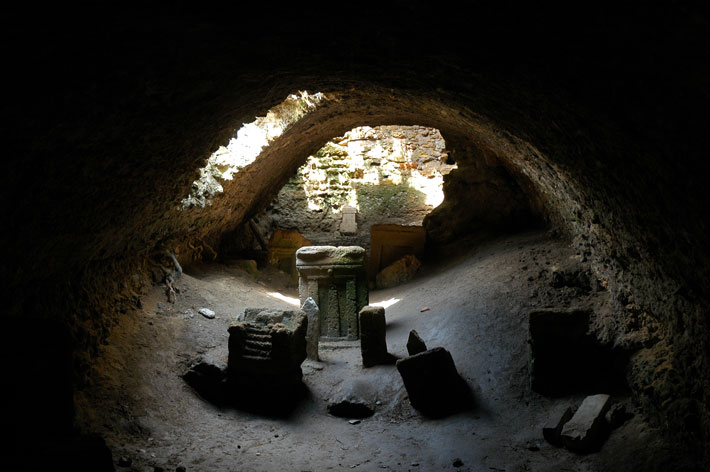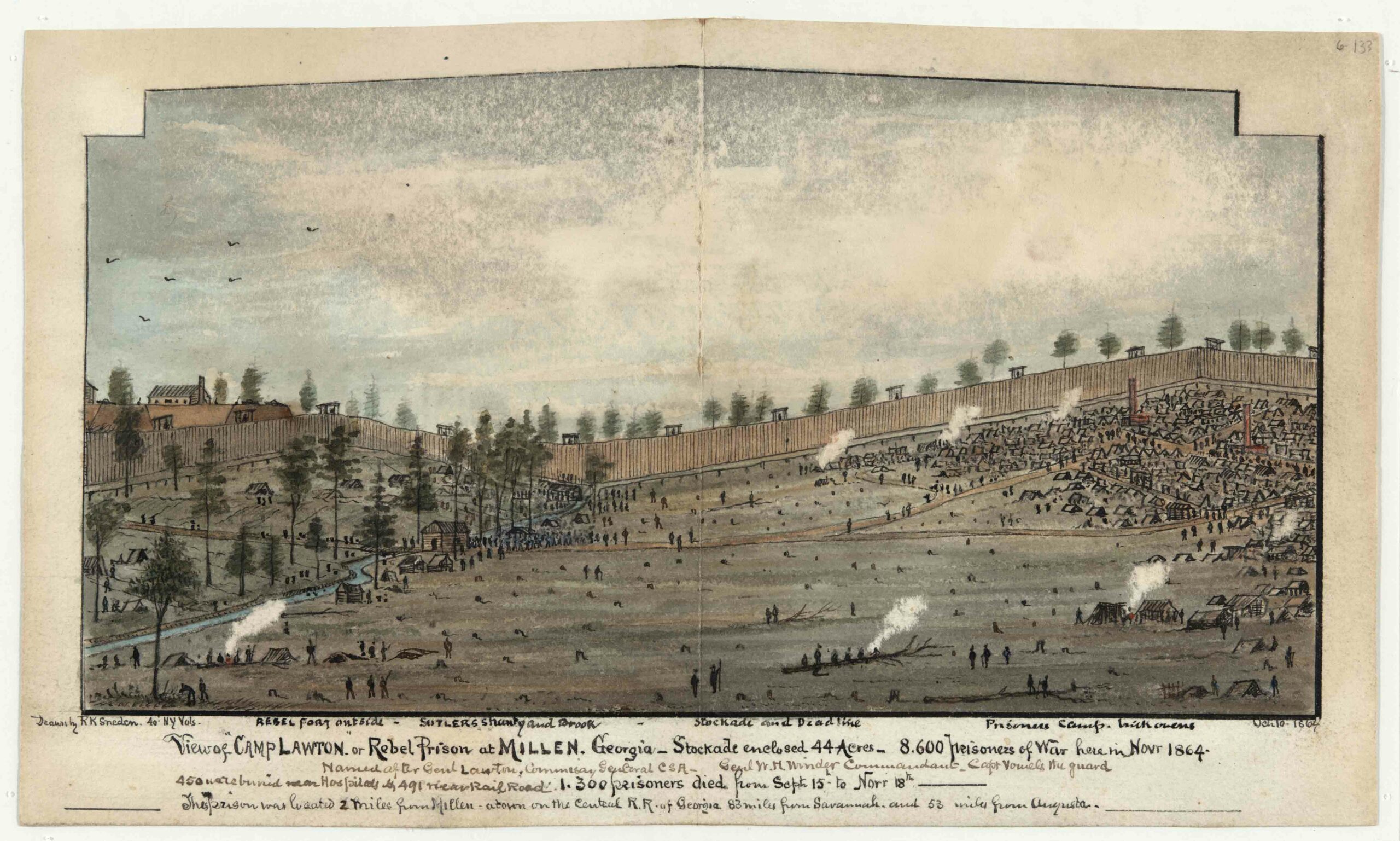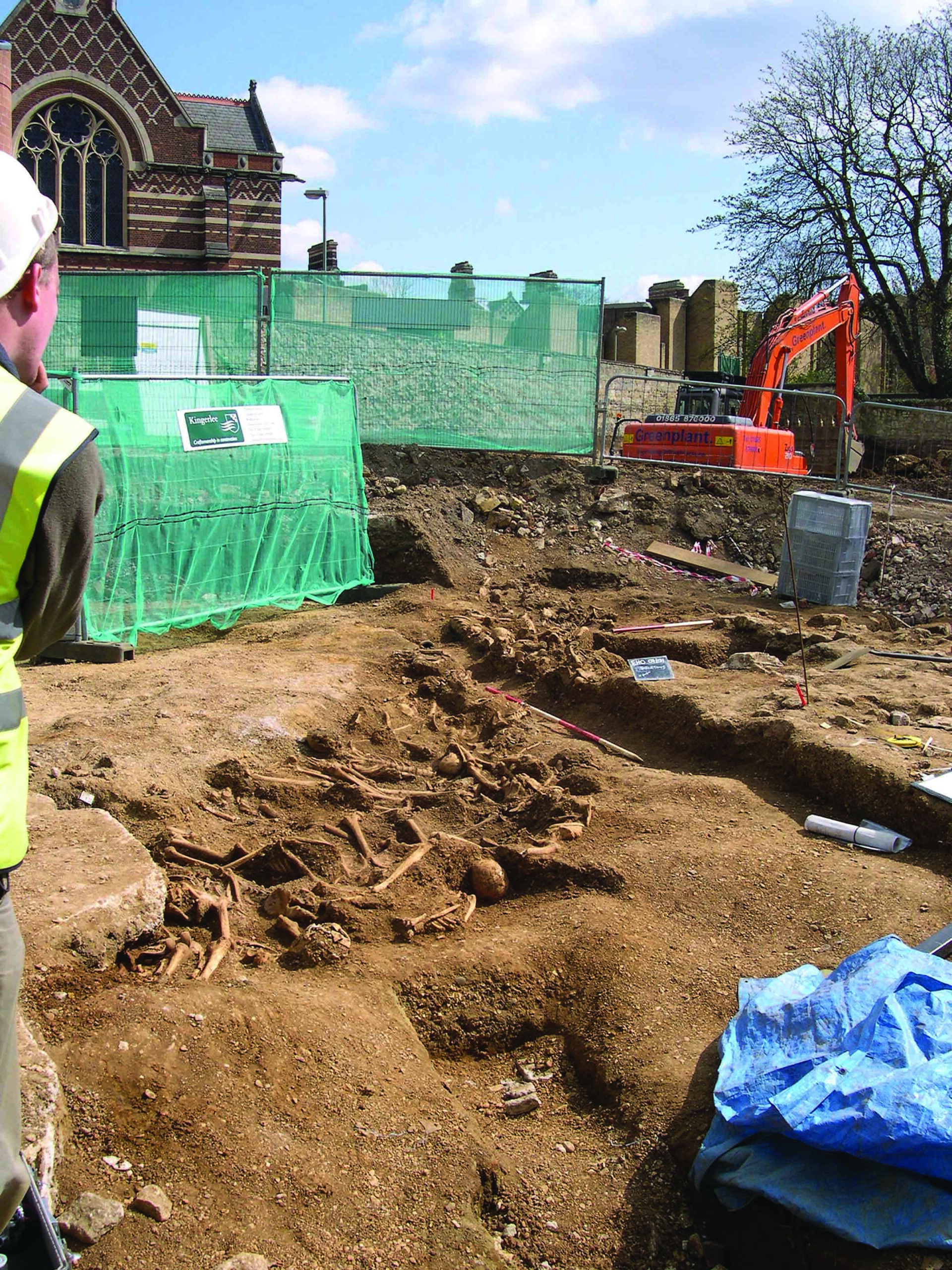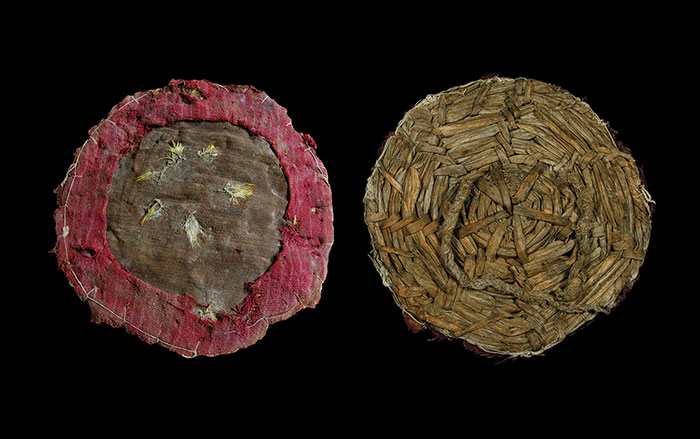
OXFORD, ENGLAND—Archaeologists have been debating the truth of the claims made by ancient Greek and Roman propagandists that the Carthaginians offered their children as sacrifices to the gods since the early twentieth century, when cemeteries holding the cremated bones of small children packed into urns were discovered along with the remains of sacrificed animals. Now, an international team of scholars argues that the ancient Carthaginians did indeed sacrifice their infant children. “…When you pull together all the evidence—archaeological, epigraphic and literary—it is overwhelming and, we believe, conclusive: they did kill their children, and on the evidence of the inscriptions, not just as an offering for future favors but fulfilling a promise that had already been made,” said Josephine Quinn of Oxford University. Based upon the number of burials that have been found, she estimates that 25 such sacrifices a year were made for a city of perhaps 500,000 people.










